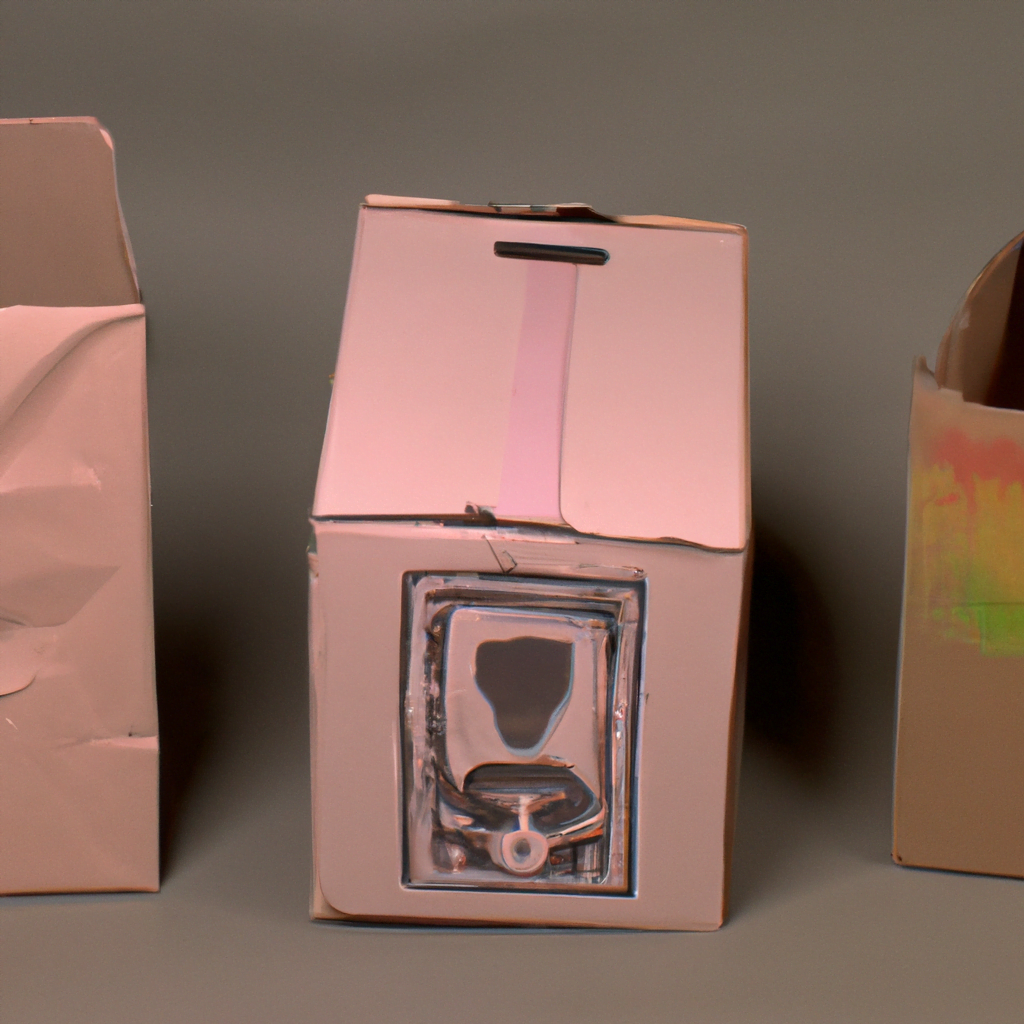
Packaging for Sustainable Home Goods: A Guide to Eco-Friendly Options

Introduction
As consumers become more environmentally conscious, the demand for sustainable home goods is on the rise. However, the packaging of these products often goes overlooked. Packaging plays a crucial role in protecting products during transportation and storage, but it also has a significant impact on the environment. In this article, we will explore the importance of sustainable packaging for home goods and provide insights into eco-friendly options.
The Environmental Impact of Packaging
Packaging waste is a significant contributor to environmental pollution. According to the Environmental Protection Agency (EPA), packaging materials account for approximately 30% of all municipal solid waste in the United States. This waste ends up in landfills, where it can take hundreds of years to decompose. Additionally, the production of packaging materials requires energy and resources, contributing to greenhouse gas emissions and other environmental issues.
Single-Use Plastics
Single-use plastics, such as plastic bags and packaging, are a significant contributor to packaging waste. These materials are often not recyclable and end up in landfills or the ocean, where they can harm wildlife and ecosystems. According to the United Nations, approximately 8 million tons of plastic waste end up in the ocean each year.
Carbon Footprint
The production and transportation of packaging materials also contribute to a product’s carbon footprint. The carbon footprint is the total amount of greenhouse gas emissions produced during a product’s lifecycle. This includes the production of raw materials, manufacturing, transportation, and disposal. By reducing the amount of packaging used and choosing eco-friendly materials, companies can reduce their carbon footprint and contribute to a more sustainable future.
Eco-Friendly Packaging Options
Fortunately, there are many eco-friendly packaging options available for home goods. These options not only reduce waste but also provide a marketing advantage for companies that prioritize sustainability.
Biodegradable and Compostable Materials
Biodegradable and compostable materials are designed to break down naturally over time, reducing waste and pollution. These materials are often made from plant-based materials, such as cornstarch or sugarcane, and can be used for a variety of packaging applications, including bags, boxes, and wrapping.
One example of a company using biodegradable and compostable materials is The Better Packaging Co. This New Zealand-based company produces eco-friendly packaging solutions for a variety of industries, including home goods. Their products are made from plant-based materials and are designed to break down in a home compost bin within 180 days.
Recyclable Materials
Recyclable materials, such as paper and cardboard, can be reused and repurposed, reducing waste and conserving resources. These materials are often made from renewable resources and can be recycled multiple times.
One example of a company using recyclable materials is Seventh Generation. This company produces a range of eco-friendly home goods, including cleaning products and paper products. Their packaging is made from recycled materials and is designed to be recyclable after use.
Reusable Packaging
Reusable packaging, such as glass jars and metal tins, can be used multiple times, reducing waste and conserving resources. These materials are often durable and can be repurposed for other uses.
One example of a company using reusable packaging is The Refill Shoppe. This California-based company produces eco-friendly home goods, including cleaning products and personal care items. Their products are sold in refillable glass bottles, reducing waste and providing a sustainable option for consumers.
Conclusion
Packaging plays a crucial role in protecting products during transportation and storage, but it also has a significant impact on the environment. By choosing eco-friendly packaging options, companies can reduce waste, conserve resources, and contribute to a more sustainable future. Biodegradable and compostable materials, recyclable materials, and reusable packaging are all viable options for sustainable home goods. As consumers become more environmentally conscious, the demand for sustainable packaging will continue to grow, making it a crucial consideration for companies in the home goods industry.
